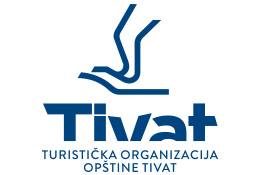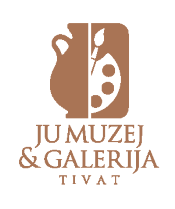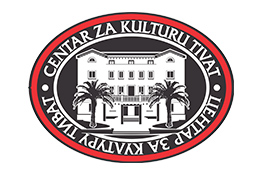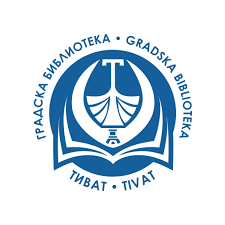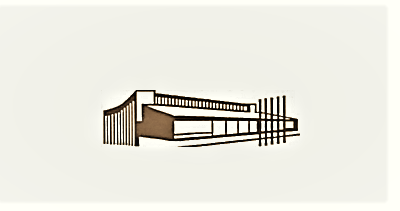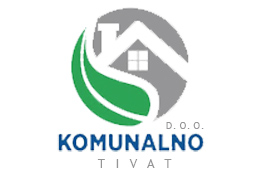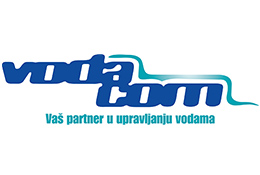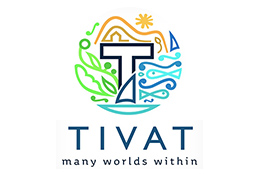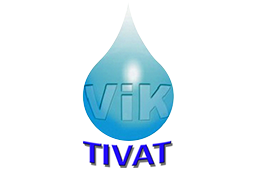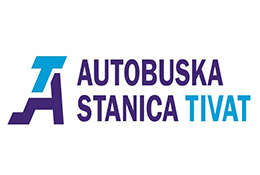About Tivat
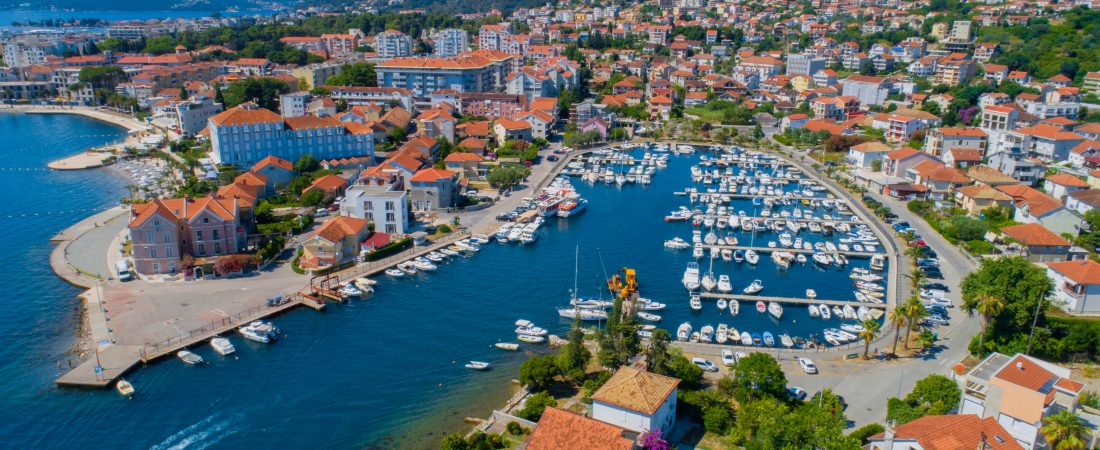

About the origin of the name Tivat
There are three different stories about the origin of the name Tivat. According to the first, the name Tivat is derived from the name of the Illyrian queen Teuta, who once had her capital at Risan, and is believed to have owned summer houses near present-day Tivat. Another story claims that the name Tivat could be derived from the names of Christian saints such as Sanctus Theodorus, Theodosius, Theodotus, Theodulus or medieval Theudo, Theodo. The third story is short and without major explanations. The name Tivat comes from the Celtic word “touto”, which means city.
Geographical location and demographic characteristics
Tivat is located in the central part of the Bay of Kotor, on the southwestern slopes of the hill Vrmac (765m). Opposite is the Bay of Tivat, which is also the largest of the four bays in the Bay of Kotor. The Bay of Tivat with the archipelago Krtoli and Lustica peninsula on the west side makes the coast of Tivat beautiful and attractive. Along the coast of Tivat there are small attractive harbors, bays and numerous beaches.
Tivat covers an area of 46 km2, of which about 5 km2 overlooks the open sea. It is located at 42 ° 26´ north latitude and 18º42´ east longitude.
According to the last census from 2011, Tivat has 14,031 inhabitants, while the 2003 census recorded 13,422 inhabitants.
Climate
Tivat has a typically Mediterranean climate, with mild but rainy winters and clear and warm summers. The average annual air temperature is 15 ° C. Tivat is the sunniest city in the Bay of Kotor with 2446.2 hours of sunshine during the year. The most common winds are bora (northeast wind) in winter, and maestral (northwest wind) in summer. Yugo, a warm wind that brings a lot of rain, is common during fall and winter months.
The average annual rainfall is 1,755 mm, most common during the cold season.
Thanks to the favorable climatic conditions and good geographical position, Tivat is rich in horticultural potential. In addition to a variety of domestic Mediterranean plants, there are many types of exotic plants that sailors brought from all over the world. Pleasant climate throught the year makes Tivat a very attractive tourist destination.
Tivat through centuries
The following epochs marked the historical development of the Bay of Kotor, and thus of Tivat: Illyrian, Roman-Byzantine, Nemanjic, Venetian-Turkish and Austro-Hungarian until 1918.
The so-called tumuli (crowds), a kind of tombs dominated the Prehistoric times in today’s territory of Tivat. In addition to the body of the deceased, numerous objects from these times have been preserved. These discoveries brought numerous insights into the life of the Illyrians, from the Bronze Age to the beginning of Roman rule, in these parts. The most famous is the crowd in Mala Gruda from 1900-1800. old era.
Remains of settlements, various solid buildings in the Tivat field and Krtoli testify to the pre-Roman and Roman periods. There is little data and evidence that speaks of the period from the collapse of the Roman Empire, the settlement of the Slavs, to the 10th century.
The New Age and the Middle Ages brought architectural monuments with signs of the first literacy and Christianization of Slavic tribes. The appearance of Benedictine monks and their settlements is connected to the area of today’s Tivat and the period of the early Middle Ages. One of the most significant monuments of this time is the Benedictine abbey of St. Archangel Michael on Prevlaka.
In the Middle Ages and later, the estates of the nobles of Perast and Kotor were located on the territory of Tivat. Numerous political influences shaped the history: the period of Nemanjić’s rule in the Bay of Kotor began in 1185 and lasted until 1370, when Kotor and its district were part of the medieval state of Nemanjić. After the collapse of the Nemanjić Empire, this part of Boka was exposed to the influence of the Kotor district, the Venetian Republic, and the influence of Nemanjić’s successors: Balšić, Lazarević, Crnojević…
For almost two centuries until the end of the 18th century, this area has been the border, between two great powers, Venice and Turkey. After the fall of the Venetian Republic in 1797, conflicts of interest between France, Austria and Russia could be sensed in this area as well. From 1814 to 1918, the Austro-Hungarian Empire ruled in this area.
The development of Tivat as a city was greatly influenced by the decision of the Municipal Council on the transfer of the usage of land for the construction of the Arsenal, of the Austro-Hungarian Navy in Tivat in 1889. Until then, oriented towards agriculture, the inhabitants of Tivat were mainly turning to crafts and the achievements of industrialization.
As a city, Tivat began to develop at the end of the 19th century. After the end of the First World War in 1918, Boka was annexed to Montenegro and became part of the Kingdom of Serbs, Croats and Slovenes, later the Kingdom of Yugoslavia. The Second World War and the national liberation struggle left their mark on this area as well, so numerous streets, monuments, institutions in Tivat bear the names of the national heroes of that time. The period of a greater Yugoslavia will follow. In the period after the Second World War, Tivat became recognizable by the large Naval Technical Repair Institute “Sava Kovačević”, which is the backbone of the development of the entire city.
After the end of the war in the 1990s, Tivat and Montenegro became part of the Federal Republic of Yugoslavia, later the state union of Serbia and Montenegro. Tivat has been part of the independent state of Montenegro since 2006 and is one of 25 Montenegrin municipalities.
Tivat today
Today, Tivat is a modern Mediterranean city oriented towards the development of tourism and complementary industries. Since 2007, MTRZ “Sava Kovacevic”, originally created on the basis of the Austro-Hungarian naval base, went thrpugh a transformation. Today, a large yacht marina with a luxury resort and all the associated facilities, Porto Montenegro is located in that area. Luštica Bay, another large investment project, is being shaping the Tivat part of the Luštica peninsula, where a town is being built on a once deserted part of the coast. Tivat is connected to the whole world, via sea but also by air, thanks to the local international airport.
Tivat is a city of culture and its rich cultural life makes an integral part of the tourist offer, which significantly affects the extension of the season and non-board consumption. Tivat is a city of sports. More than 40 active sports clubs and the construction of new sports facilities will influence the development of sports tourism.
Tivat is adorned with numerous hotels of the highest category, restaurants and cafes of the most diverse offers, private accommodation that can satisfy even the most demanding guest, numerous facilities, natural oases… but it is also adorned by its people who make it the warm welcoming international destination that Tivat is today. Tivat is one of the smallest but also the most developed Montenegrin municipalities. It presents a symbiosis of modern buildings and traditional unique ambient units. It is a combination of new and old, customs and rich traditions of the local population and the cosmopolitan spirit of people from all over the world, who choose Tivat for life and vacation. Tivat represents many worlds within.



